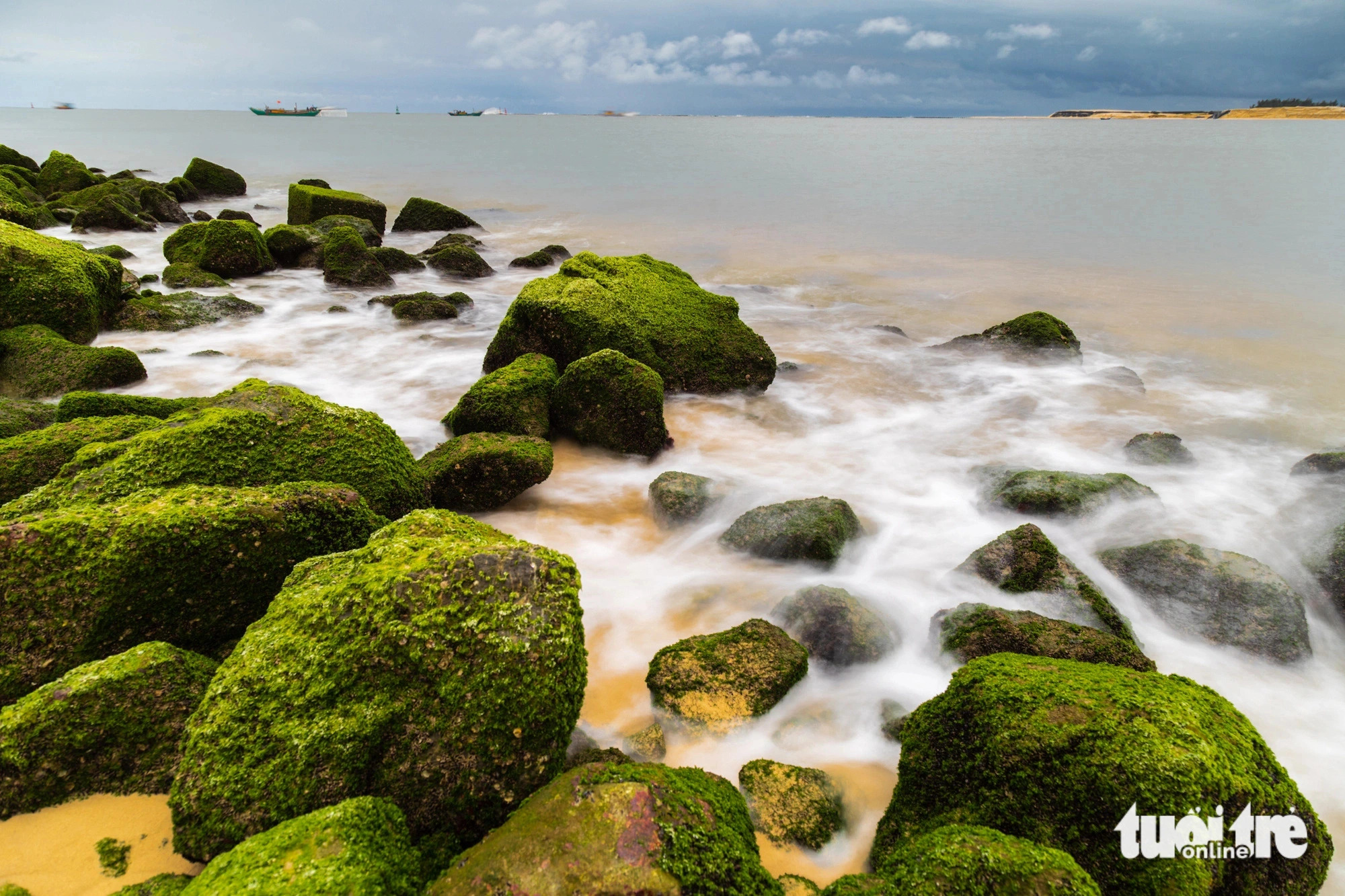The administration of Quang Tri Province, central Vietnam has approved a research project under which researchers will explore the carbon storage capacity of seagrass beds and suggest effective and sustainable solutions to the management, restoration, and exploitation of seagrass meadows in the province.
The research aims to determine the carbon stock and value in seagrass meadows at two local beaches, namely Cua Tung and Cua Viet, and Con Co Island, the provincial administration said in a statement made on Thursday.
The Department of Natural Resources and Environment of Quang Tri, the project’s investor, underlined the important role of seagrasses in the marine ecosystem.
The value of seagrass meadows around the world is an estimated US$3.8 trillion, reaching an average $212,000 per hectare per year.
Seagrasses are capable of storing some 19.9 billion metric tons of organic carbon, some three-fold higher than the storage capacity of evergreen forests with the same area unit, according to the department.
The conservation and development of seagrasses can create tradable carbon credits.
Carbon credits refer to tradable certificates that give holders the right to emit a certain amount of CO2 or another amount of greenhouse gas converted to CO2 equivalents.
One carbon credit is equal to one metric ton of CO2 or one metric ton of CO2 equivalents.
Each carbon credit fetched between $11 and $35 in 2022.
The department believed that developing seagrass beds would help Quang Tri generate revenue by joining carbon credit trading and offsetting projects in the global market, as well as enable the province to realize its commitments to reducing emissions, coping with climate change, and promoting sustainable economic growth.
Prior studies show that the Cua Tung and Cua Viet beaches were home to two types of seagrasses, including Japanese eelgrass (known scientifically as Zostera japonica) and beaked ditch-grass (Ruppia maritima), that spanned a combined area of some 400 hectares.
However, the Formosa disaster in 2016 wreaked havoc on the number of seagrasses in the waters of central Vietnam, including Quang Tri.
Only a scatter of paddle weed, whose scientific name is Halophila ovalis, was found in the Con Co island region, with a low coverage and unknown acreage.
In April 2016, mass fish deaths were reported in four central Vietnamese provinces of Ha Tinh, Quang Binh, Quang Tri and Thua Thien – Hue, which were later found to be caused by toxic wastewater from the nearby Formosa steel plant, a subsidiary of Taiwan’s Formosa Plastics Group in north-central Ha Tinh Province.
The Taiwanese firm took responsibility for the disaster, pledging to pay US$500 million in compensation to the affected provinces, which was received by the Vietnamese government in August 2016.
Like us on Facebook or follow us on Twitter to get the latest news about Vietnam!





















































